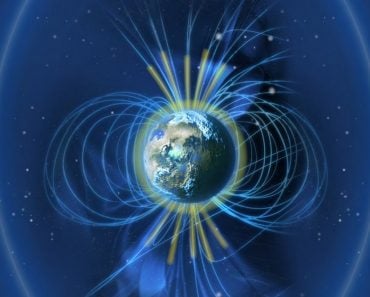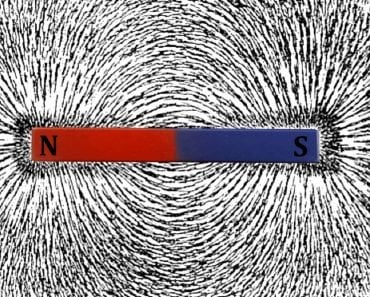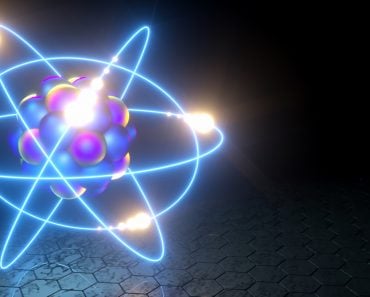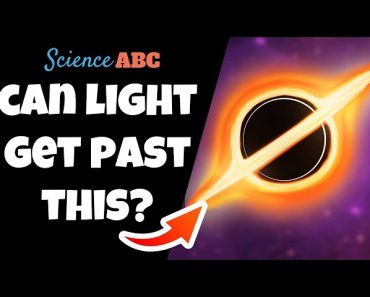Table of Contents (click to expand)
The path of light is not affected by the influence of a magnetic field, as photons (light particles) do not possess any charge.
Pick up a fridge magnet and go to your window. Make sure it’s at the time of day when sunlight falls at that sweet angle onto the floor, bathing it in a magnificent vermilion hue. Now, take your magnet and hold it above the window where the light is streaming in.
Observe the path of the sunlight. Does it change in any way because of the magnet? Do you notice a shift in its angle? Perhaps a slight tilt? If you do, you should have your house exorcised, because that’s not the work of the magnet. In fact, a magnet does not affect the path of light in the slightest. Some might argue this point, namely stating that light is an electromagnetic wave. In that case, shouldn’t a magnet be able to attract or repel it? Isn’t that how it should work? Actually, no. If the laws of physics are of any consequence, that’s not how magnets work.

Recommended Video for you:
How Does A Magnet Work?
A magnet is basically any object capable of attracting or repelling charged objects. The force of magnetism is a direct consequence of an object’s atomic makeup. All objects in the known universe are made of atoms, which consist of electrons, protons and neutrons. Electrons and protons possess a negative and positive charge, respectively, while neutrons remain electrically neutral. Protons and neutrons stay in the center of the atom and form the nucleus, while electrons circle this nucleus. The spin of these electrons creates a current, which turns these little guys into tiny magnets.
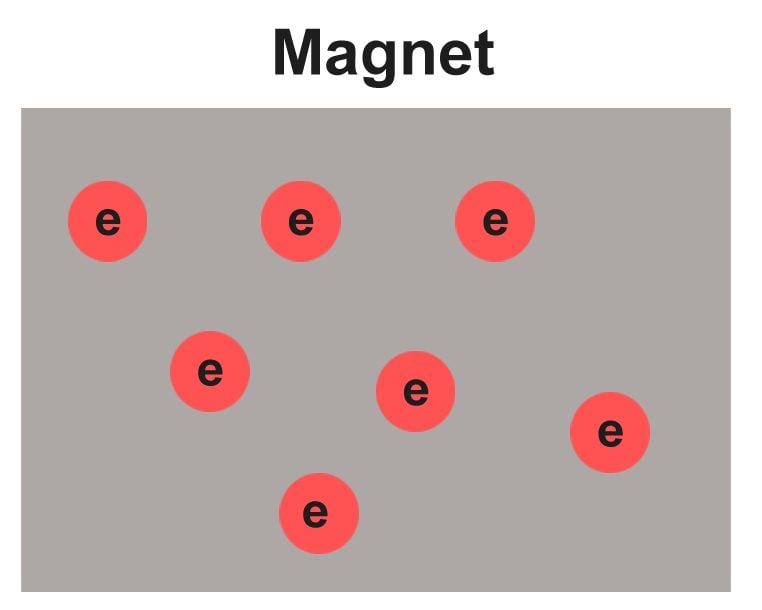
Typically, most substances have an equal number of electrons spinning in opposite directions, thus cancelling each other out, so most substances don’t exhibit magnetic properties. However, in substances like iron, most electrons are spinning in the same direction, lending it a net charge. The force generated by these aligned electrons creates a magnetic field, an area around the metal where a magnetic object will face the magnet’s force of attraction or repulsion. This field causes the electrons in the object to align their spin motion, thus lending the object magnetic properties. However, not all objects behave the same way under the influence of a magnetic field.

Also Read: Why Do Like Charges Repel And Opposite Charges Attract?
Types Of Magnets
The most common type of magnetism is diamagnetic, in which objects exhibit weak repulsion at all times. The other types include paramagnetism, wherein objects become magnetized only when brought in contact with a magnet, but lose their magnetism as soon as the magnet is taken away. There is also a third kind of object, those which are ferromagnetic and possess the characteristic capability of staying magnetized permanently. Only three elements from the periodic table are ferromagnetic at room temperature: Iron (Fe), Nickel (Ni) and Cobalt (Co). So, when we talk about magnets, we’re generally talking about ferromagnetic substances. These are the substances that generate a strong magnetic field and influence the behavior of any magnetic substance within range of the field to a large extent.

Also Read: How Can A Magnet Be Demagnetized Quickly?
The Magnetic Field
So what exactly is a magnetic field? There are two schools of thought that explain the concept. Classical scientific theory suggests that a magnetic field is essentially a cloud of energy around magnetic objects that attract or repel other magnetic objects. However, according to the more complicated and difficult to comprehend theory of quantum mechanics, electrons emit undetectable, virtual particles that signal other objects to come closer or move away from them. We still have no concrete theory as to why electrons behave the way they do, but empirical evidence states that it’s just a feature of the universe in which we live.

Now that we know how a magnet works, it’s time we address the question at hand. Why isn’t the path of light, an electromagnetic wave, affected by the magnetic influence of a strong magnetic field?
Also Read: Can A Magnetic Field Deflect A Stream Of Water?
Why Can’t A Magnet Bend Light?
As we’ve come to understand, a magnetic field is the consequence of electrons spinning in one direction. These in turn affect the spin of other electrons in the vicinity and cause them to become magnetized. Basically, electrons affect other electrons, leading to what we observe as the attraction or repulsion of magnets. In the case of a ray of light, all we have to work with are photons. Photons are particles with no charge and therefore remain unaffected by the influence of electrons and thus undisturbed by magnets.

Wait a minute, isn’t light an electromagnetic wave? Yes, light is electromagnetic, but that simply means it possesses an electric and magnetic field, which does not necessarily distort other fields. Mathematically, if there are multiple electric and magnetic fields in an area, they are all simply added together. For example, an apple on your table is unaffected by the introduction of an orange to the same table. You’ve simply got two fruits on the table. The same principle essentially applies to electromagnetic fields.
But wait… there’s more!
Also Read: What Is Light? Matter Or Energy?
Delbrück Scattering
While the above explanation works well in the classical theory of physics, as we dive down into the quantum realm, we see something much more weird and fantastical. Quantum theory suggests that, in fact, there is an almost undetectable effect of a magnetic field on photons of light. Under some very specific conditions, a photon can break up into an electron and a positron pair. This phenomenon, named after the man who theorized it, is called Delbrück scattering. These electrons could technically be affected by the field, but this phenomenon has never been empirically observed and only exists as a mathematical proof.
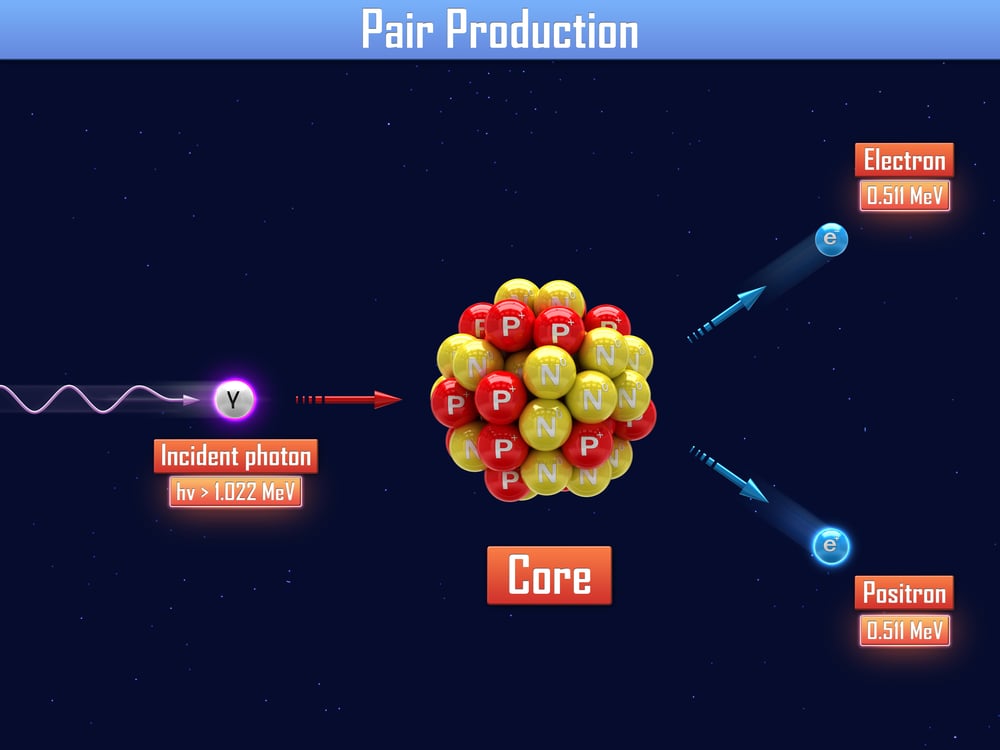
Thus, while there may be some very specific conditions under which a magnet may slightly affect light, in daily life and real-world conditions, light remains unaffected by the influence of a magnet!
Also Read: What Is The Observer Effect In Quantum Mechanics?
References (click to expand)
- Defying physics, engineers prove a magnetic field for light. Cornell University
- H C VERMA (2018). Can a magnet bend Light. Youtube
- Light and Magnets... and Gravity | Physics Van | UIUC. The University of Illinois Urbana-Champaign
- Get a Straight Answer - www-spof.gsfc.nasa.gov
- Magnetism - National Geographic Society. National Geographic

